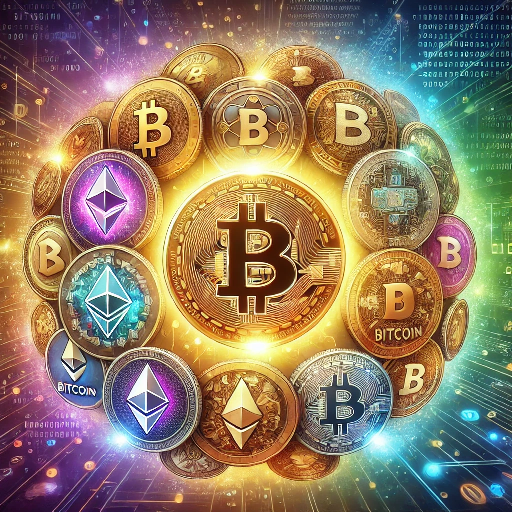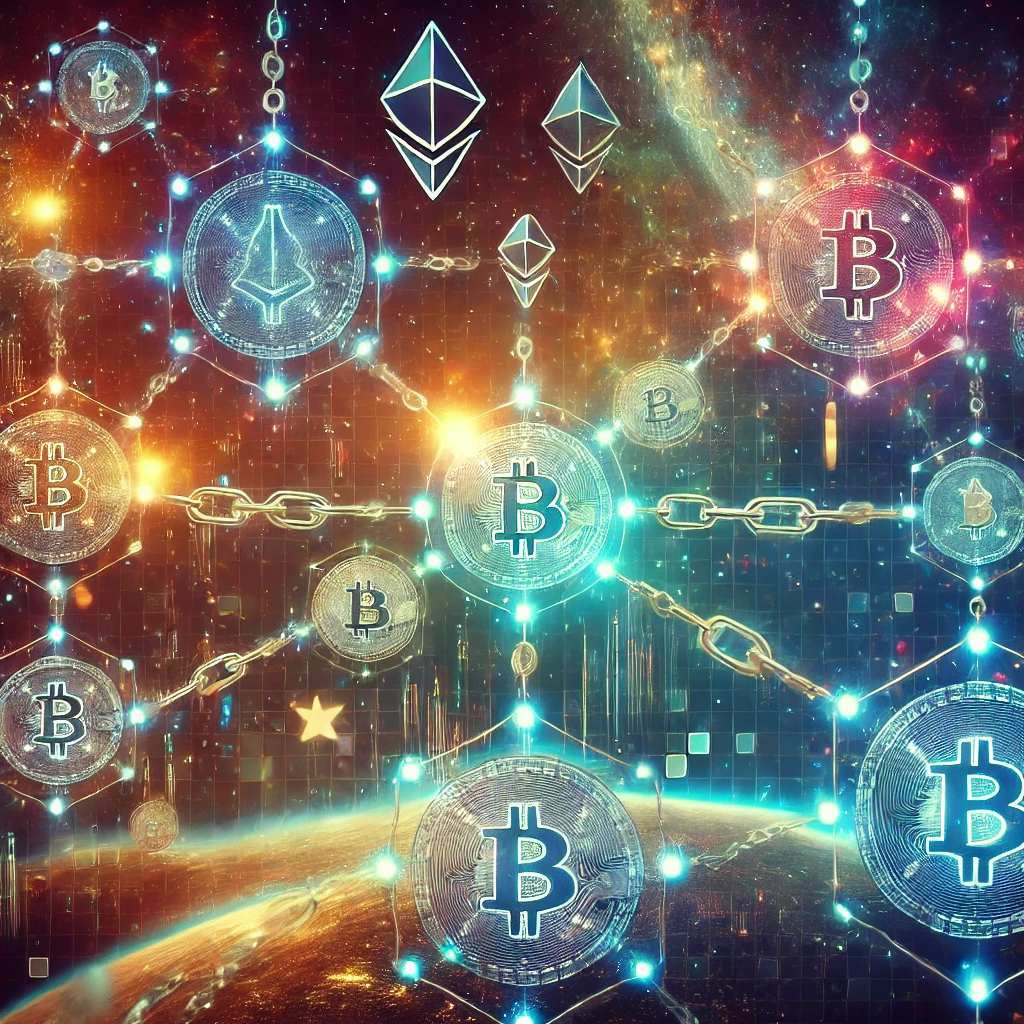Exploring the World of Flash Loans
Flash loans represent a novel concept in the blockchain space, offering a new paradigm of unsecured lending without collateral requirements. This revolutionary financial tool is built on decentralized finance (DeFi) protocols, allowing users to borrow and repay funds within the same transaction block. The intrigue around flash loans stems from their potential to democratize finance by removing barriers to entry and reducing the risks associated with traditional lending practices.
The Mechanics Behind Flash Loans
Flash loans work on a simple yet profound principle: the loan must be taken and repaid within a single blockchain transaction. This fleeting loan period is why they are called „flash“ loans. They exploit the unique capabilities of blockchain technology, where a sequence of actions can occur in an atomic fashion—either all operations within a transaction are completed successfully, or the entire transaction fails and is reverted.
Here’s how it typically works: a borrower can request a substantial amount of cryptocurrency from a DeFi platform offering flash loans, such as Aave or dYdX. Within the same transaction, the borrower can use these funds for a variety of purposes, such as arbitrage, collateral swapping, or self-liquidation of loans. The catch is that by the end of the transaction block, the borrower must repay the borrowed sum along with any applicable fees. If they fail to do so, the transaction is reversed, making it as if it never happened, thus protecting the funds of the lender.
Benefits of Utilizing Flash Loans
Flash loans offer several compelling advantages that are reshaping the financial landscape. Firstly, they are incredibly inclusive. Since they require no upfront collateral, virtually anyone with a wallet and an understanding of how to execute the transactions can access these funds. This opens up a plethora of opportunities for individuals who may not have sufficient collateral but possess the expertise to leverage these loans profitably.
Secondly, flash loans are remarkably versatile. They can be used for profit-generating activities like arbitrage, where a user exploits price discrepancies across different exchanges. For example, a cryptocurrency might be cheaper on one exchange than another, allowing a trader to buy low, sell high, and quickly pocket the difference—all within seconds.
Moreover, flash loans can be employed for more complex financial maneuvers such as collateral swapping in other DeFi loans. If a borrower’s collateral is losing value, they might use a flash loan to swap it with a more stable asset, thereby maintaining their loan’s health and avoiding liquidation.
Risks and Challenges of Flash Loans
Despite their benefits, flash loans are not without risks. The primary concern is their potential for exploitation in malicious activities. For instance, they have been used to manipulate market prices or exploit vulnerabilities in DeFi protocols, leading to multi-million dollar losses through complex attack vectors. Such incidents raise questions about the security aspects of DeFi platforms and the broader implications for the stability of the financial ecosystem.
Another risk involves the technical complexity of executing a flash loan. They require a deep understanding of smart contracts and the specific mechanics of the DeFi platform being used. Incorrectly executed transactions can result in substantial financial losses, particularly if the intended arbitrage or trading strategy fails.
Regulatory and Ethical Considerations
The regulatory landscape for flash loans is still in its infancy. There are significant challenges in applying traditional financial laws to these novel mechanisms, primarily due to their decentralized and borderless nature. Regulators are concerned about the potential for money laundering, market manipulation, and other illicit activities facilitated by the anonymous and instantaneous nature of flash loans.
From an ethical standpoint, the use of flash loans raises questions about market fairness and integrity. While they can level the playing field by providing access to powerful financial tools without collateral, they also allow savvy coders to execute trades that can significantly impact market dynamics, often at the expense of less informed participants.
The Future of Flash Loans in DeFi
As the DeFi sector continues to evolve, so too will the mechanisms and applications of flash loans. Innovations aimed at enhancing security and reducing risks are on the horizon, with more sophisticated governance models and improved protocols that mitigate the potential for abuse and ensure fairer market practices.
Evolving with Technology
The future of flash loans is likely intertwined with advancements in blockchain technology, including better smart contract designs and more robust security frameworks. As these technologies mature, we can anticipate more secure and diverse applications of flash loans that extend beyond simple arbitrage and into broader financial services.
Conclusion
Flash loans are a groundbreaking development in the world of finance, offering high-speed, high-stakes lending without collateral. They encapsulate the innovative spirit of the DeFi movement, challenging traditional financial norms and offering new opportunities for market participation. However, as with any pioneering technology, they come with their share of risks and challenges. Navigating these will be crucial for the sustainable growth of flash loans and their integration into the broader financial system, ensuring they benefit a wide range of users while maintaining market integrity and stability.




















